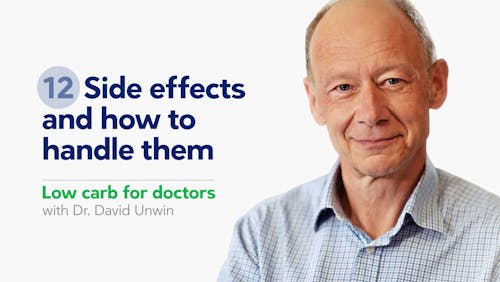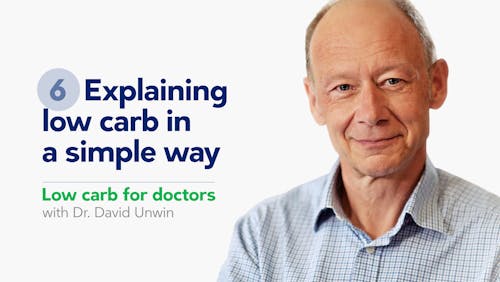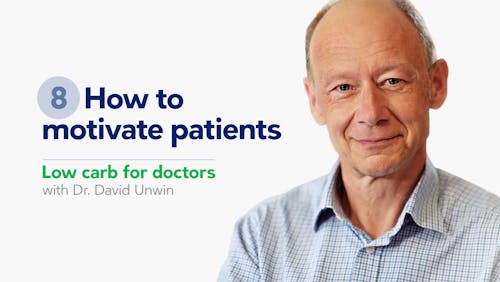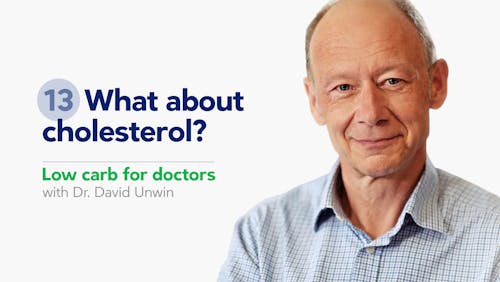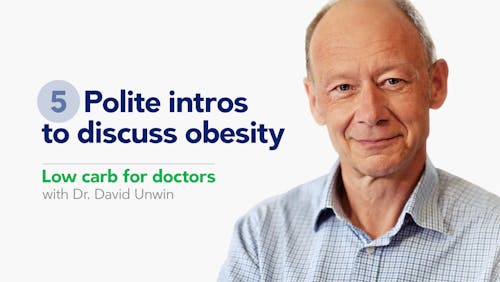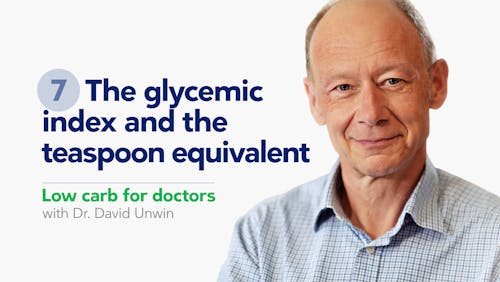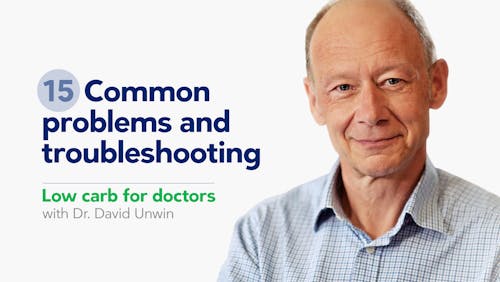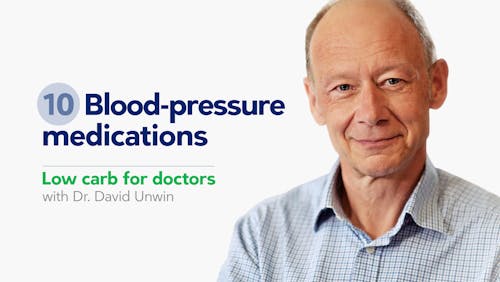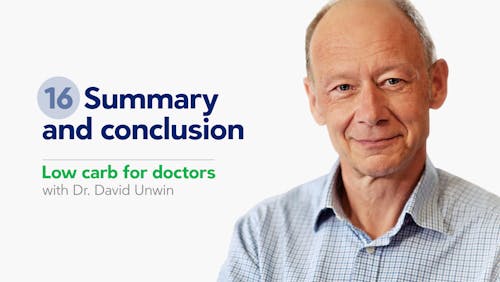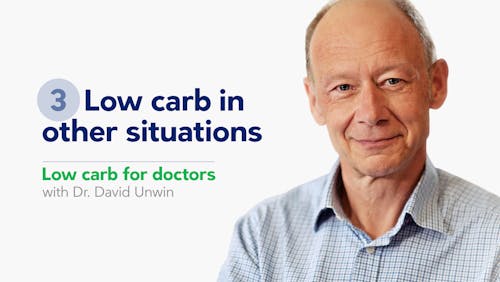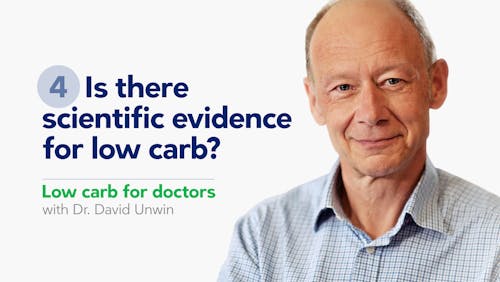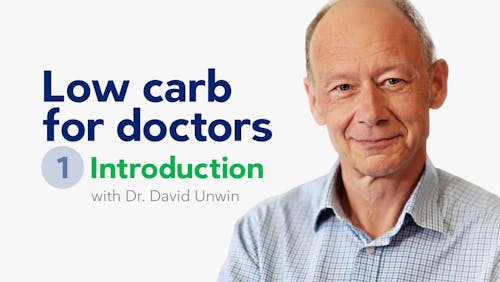The science and art of hopeful medicine
Motivation is the key to lifestyle changes
Healthcare professionals do rightly assume that individuals should work with them to adopt healthier lifestyles, a mandate now part of the NHS 10 year plan. At the same time, practitioners report lacking the training, time and confidence to successfully help patients do this, and they are not changing how they talk to patients about lifestyle changes.1 How is this culture shift to be achieved?
We know that simply giving people information is not enough to change behavior. Even when we have strong evidence-based advice, such as for stopping smoking, not everyone can or will change their behaviors. How many people with morbid obesity are surprised to be told it’s unhealthy? They already know!
Motivation is key. Habits are really hard to change, especially when they involve addictive substances such as nicotine, alcohol and sugar.2 The information that we should exercise more and drink and eat less is everywhere. Yet it seems to be hard for people to stick to this advice. Thus, successful lifestyle interventions must combine psychology and medicine.
The question is: What is the best way to help doctors talk to their patients in a way that is more likely to result in motivated patients who make lasting behavior change? Psychology is a huge and complex field, just as medicine is. Is it possible to come up with a simple model to help clinicians stay focused on better outcomes without years of re-training?
We believe it is and have worked together over many years now to develop a very simple model for busy clinicians. This model combines what we know from the science of positive psychology, the realities of brief doctor-patient visits, and the experiences of general practice, The approach is easy to remember and leads to working positively with patients as equal partners in change to foster motivation and behavior change.
A solution-focused model
Our model is “solution-focused” at its heart. This means looking for what is important to people, what works for them, and what they are already doing right. These become the basis for supporting them in making small positive changes.
Such an approach is fundamentally and philosophically different from the usual way of practicing healthcare, which is essentially “problem focused.” Most clinical encounters involve a detailed unpacking of the “problem.” This includes a history of the problem, possible causes, and a prescription for “treatment.”
For chronic lifestyle-related issues, such a conversation can lead down endless dark rabbit holes resulting in de-motivation, hopelessness, and little change — for both parties. For example, compare these two statements: “Tell me when the pain started and when it is worse?” versus “When did you have a slightly better day? Tell me about that.”
We have trained our patients to come armed with stories of their problems. Sometimes the perceived history of a problem plays a very small part in the path to improvement. Chronic depression can be a good example of this.
Many people believe a difficult childhood may be part of their problem, but sometimes spending a long time looking into just how bad a childhood it was can make the person feel worse. They may begin to feel their plight is an inevitable consequence of those early experiences.
It may be a far better investment of your time to talk about what they would like to do if they were a little less depressed or to discuss the circumstances around days when they feel less depressed. Perhaps we need to find new ways to shine a spotlight on hopes, successes, and improvements rather than always seeing patients as “problems to be solved.”
Trying this new approach may be a “leap of faith” for practitioners, but can bring rich rewards for both patients and staff, as we have seen.
If we start from the logical premise that not everyone struggles with lifestyle-related health problems, then what might we learn from people who look after their health and live long, happy lives? We may not need more research on people who struggle with poor physical and mental health. Instead, we should study those who thrive. This is the field of positive psychology, and it has led to a whole new perspective on helping people be their best.
Hopeful people are healthier people
This brings us to the topic which has fascinated Jen for much of her career: hope. We consider it to be the key positive psychological factor in explaining differences in how people adjust to illness.
It turns out that hopeful people do better on a whole range of health and psychological metrics. They have fewer trips to the doctor, take less medication, report fewer symptoms, and even live longer.3 We don’t see them in clinics as often. Doesn’t it make sense to try to understand the nature and power of hope? Then we can foster it in our healthcare interactions to improve outcomes for all our patients.
What do we mean by hope? Simply put, it is a sense of a more positive future. Psychologically, this is underpinned by three things:
- Having desired, valued goals.
- Being able to see the steps to take that will get you to those goals.
- Having the confidence to take those steps.
Research has been done in a whole range of medical conditions showing strong links between hopefulness and better outcomes.4
Positive goals seem to be central to wellbeing. How often do most healthcare professionals really talk about a person’s valued goals? Do we even know how to do that? Usually we have our own agenda front and center in our minds.
A marvelous colleague of mine used to say “It’s a long day on the golf course if you don’t know where the hole is.” Exactly so. If you and your patient are both working in the same direction, you will get there twice as fast.
Begin with “Goals”
How can we foster more hope in conversations? Clearly conversations must always start with a patient’s best hopes and goals. That is fundamental. Often these are not as lofty or unrealistic as you might expect. Typically people wish to have some aspect of their life improve, such as breathing better or having more pain-free days.
We also ask patients how achieving such a goal would make a difference in their lives. This helps to clearly identify their motivations and values. They often talk about staying well for their children or enjoying family time. The more “real” a goal is and the more it is valued, the more motivating your interaction will be. If you can understand and really visualize your patients’ goals, then so can they.
Usually patients come to their doctor with a problem, so arriving at a goal requires a little “twist” in the conversation. Let’s take the common example of chronic knee pain not responding to pain medication. You might try:
“Before we discuss your medication, I wonder if you have any thoughts on any broader health goals that might make your knee pains — or even your life in general — easier?”
Don’t be surprised if there is a pause here. Hold your cool. Wait!
“Well I know I could lose a bit of weight.”
Your response to this is critical. Never just accept weight loss by itself. You might reply:
“Good point! Could you explain what difference some weight loss might make to your life?”
To which the patient might respond:
“I struggle with the stairs and perhaps losing some fat would help.”
The more detail about their goals you discover the better. In this way your patient is beginning to inhabit a preferred future. Follow up your patient’s response with another question:
“What else?”
Your patient may give you some details that help both of you identify some specific motivation:
“Well, to be honest, my daughter is getting married in July and I would love to be able to breathe more easily. It’s embarrassing to be gasping and sweating so much, even if I walk a short distance.”
In this way you and your patient have flipped a problem-based conversation into one that is more positive and goal-based.
Next, explore “Resources”
The next step is to explore what is already working for people and what personal strengths and resources they already possess. What is already going well? These kinds of questions enhance a person’s confidence in making a change.
You can also ask: Have you lost weight before? How did you do that? How come you still manage to go walking each day? What would your family say are your best characteristics? Any past success is very useful information about what works for that individual.
Most people don’t start from “zero.” Identifying resources is, in itself, naturally motivating. If their goal represents “ten out of ten” and they are already at “three out of ten,” they are already making progress! In this way, the whole conversation becomes more positive.
When asked how they would rate themselves terms of achieving their goal, people very rarely say zero out of ten. Following up with “Why do you say three? What makes it that and not less?” really explores what is already working.
Another aspect of asking about resources is to determine other external factors that are helpful, such as a supportive family, a best friend, a Facebook group, or such. Social support is known to be a big factor in achieving sustained behavior change.5
It can work extremely well to involve loved ones in these conversations, especially if they are shopping and cooking for the family. Clinicians can help establish links to other resources, such as local support groups or exercise classes.
Make change “Incremental”
The next aspect of the conversation, after establishing goals and resources, is to ask about small “next steps” in the right direction. Incremental change is always more sustainable.6
You can ask your patients, “What would four out of ten look like? Or ask, “What small step feels achievable before we meet again?” If patients choose the next step themselves, they must think it’s doable! Agree to discuss this when you meet again.
In this way, you are not telling the person you know what’s best for them. It can take a little time for professionals to unlearn the “expert” stance! When progress is made, patients can attribute it to their own efforts, not to the doctor’s “clever medicine.”
Finally, ask patients to “Notice”
The final phase is to ask people to “notice” what is better and what is working well.
It is human nature to notice threats and negative information. You can counter this natural tendency and broaden the discussion by asking questions like, “What have you been pleased to notice since we last met?” “What’s gone well this week?“ or “What else is better?” It’s amazing what people neglect to mention until you ask these questions!
Also, it is vital for the clinician to notice and shine a light on change: “I’m so impressed with how your HbA1c has improved. Look at your graph!” “Wow, you walked in without your stick!” and “I think we can reduce this medication because you are doing so well.”
People absolutely thrive on positive feedback, so always look for positive change and emphasize it.
G.R.I.N. as a model for life
We have called our model G.R.I.N: Goals. Resources. Increments. Noticing. It’s easy to remember.
The four stages can be woven into the patient visit in any order, but it is generally most important to get a detailed sense, at the outset, of what the person thinks “better” would look like. We have recently published an article on the model, giving more background, other questions to ask, and some case examples.7
Another important positive aspect of this approach is that neither patients nor doctors need to feel that failure is a problem. Failure is just more information about what doesn’t work and a call to try something different next time. Isn’t that a good model for life? To keep learning and improving as best we can towards something we value?
This process builds not only patient but doctor resilience, along with a sense of confidence and competence. A more positive framing is vital at a time when resources are stretched ever further, and clinicians are responding to increasing demands and complexity. Practicing in this way fills your waiting room with heroes, not heartsinks.
The ideas in the model can also be usefully applied more widely at home and at work, to one’s own self-development and in wider conversations. Here are some examples of questions you might want to try to see what results you get:
- What am I/we hoping for from this meeting today?
- What sort of professional/parent/friend do I want to be?
- As a team, what strengths do we have?
- What has been our best achievement this year?
- What have I been pleased to notice about myself today?
- What would be the first small sign that things are improving?
- I noticed that you were more confident/cheerful/energetic today, how did that happen?
- How will you know when you are just one step closer to your goal of…?
Most clinicians believe that taking a history detailing the causal events that led up to illness is always important in finding the remedy. Though this may help understanding, sometimes it can hamper progress.
For example, take childhood trauma and later depression. Many patients may have experienced extremely difficult childhoods, but examining the details of the trauma can sometimes lead to people feeling worse.
In a case like this, particularly if time is short, an alternative could be to notice resilience, with a sincere enquiry about “toughness.” You can ask, “That sounds so hard. I’m interested to understand how you managed to get through those difficult times?” This may be an excellent prelude to exploring goals and a much more productive and cheerful use of time than taking your patient through a very painful, detailed examination of half-buried trauma.
In this way, progress can be fast and sometimes surprisingly so. Practitioners must be ready to give up dispensing “advice” and rather have faith in the patient’s expertise and strengths. The practitioner’s knowledge and experience is then used to support the patient’s efforts and progress.
We have found this approach to be easily incorporated into a wide range of clinical scenarios. It is positive, patient-centered, and less burdensome on staff. Surely, this is much needed in helping both patients and staff remain happy, resilient, and well.
/ Dr. David Unwin and Dr. Jen Unwin
Dr. Jen Unwin and Dr. David Unwin have donated their payment for this article to Public Health Collaboration, a registered UK charity dedicated to informing and implementing healthy decisions for better public health.
Guides
Videos with Drs. Unwin
Learn more about Dr. Jen Uwin and Dr. David Unwin’s work in the two videos below (the first from the Diet Doctor site, the second from YouTube).
Course: Low carb for doctors
Implementation Science 2018: Are healthcare professionals delivering opportunistic behaviour change interventions? A multi-professional survey of engagement with public health policy [survey; ungraded] ↩
British Journal of Sport Medicine 2018: Sugar addiction: is it real? [overview article; ungraded] ↩
Handbook of Social and Clinical Psychology 1991: Hope and health [book chapter; ungraded] ↩
Psychological Inquiry 2009: Hope theory: rainbows in the mind [overview article; ungraded] ↩
Current Opinion in Psychiatry 2008: Social and emotional support and its implication for health [overview article; ungraded] ↩
Health Education & Behavior 1995: Goal setting as a strategy for health behavior change [overview article; ungraded] ↩
Journal of Holistic Healthcare 2019: A simple model to find patient hope for positive lifestyle changes: GRIN [technical article; ungraded] ↩



